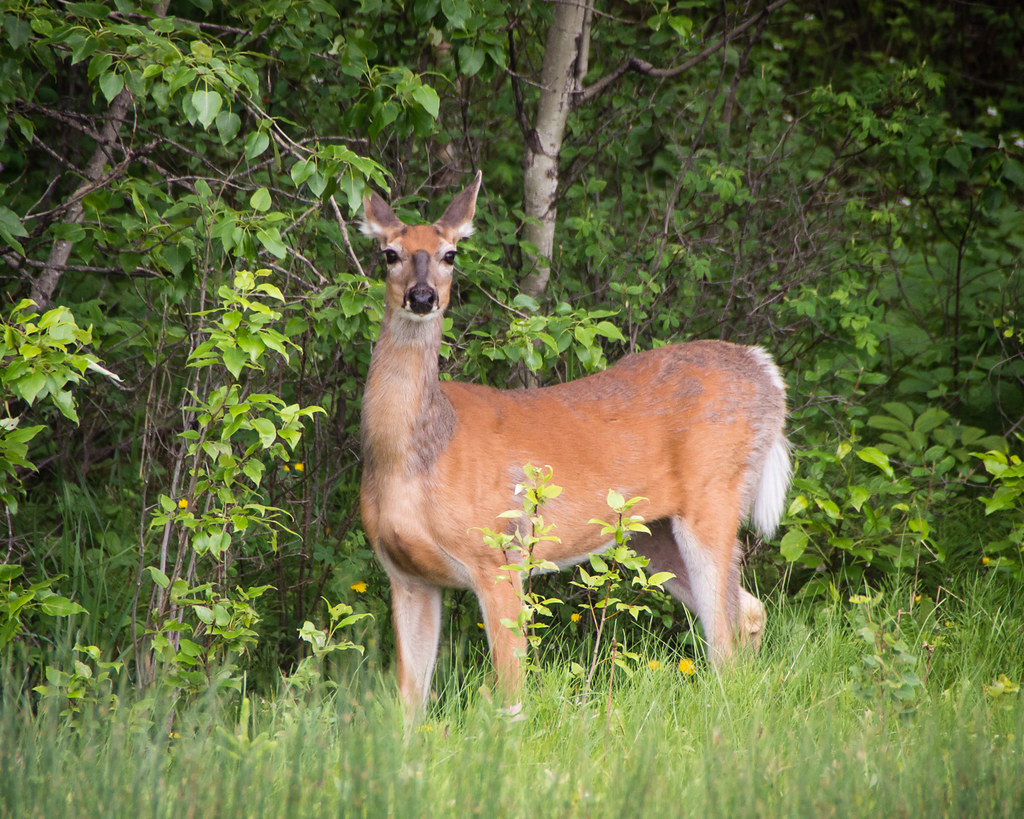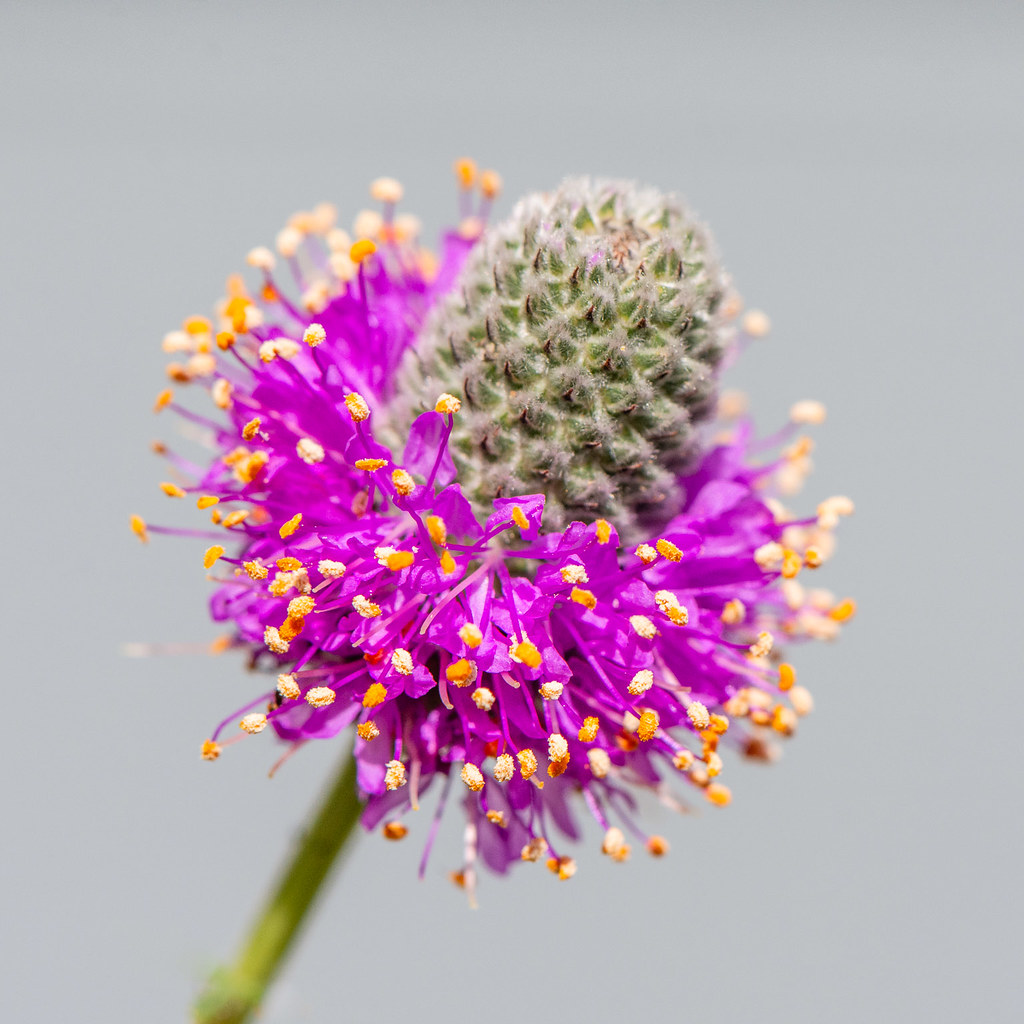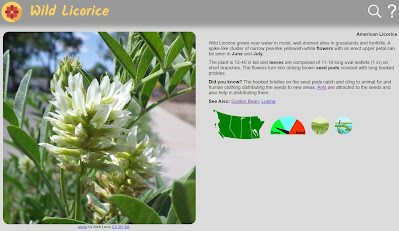Wildflowers
The park’s website provides lists of the flowers you may spot while walking on the prairie or in the forest.
If you’re very fortunate, you’ll spot the blunt-leaved bog orchid, the green bog orchid, or the round-leaved orchid, all of which flower in June-July. You may also spot the northern bog violet, the western Canada violet, or the downy yellow violet. The western Canada violet spreads rapidly via its roots and is often found in clumps.
If you look closely, you’ll find so many different flowers among the prairie grasses. Wild licorice has spike-like clusters of narrow pea-like yellowish-white flowers with an erect upper petal. The hooked bristles on the seed pods catch and cling to animal fur and human clothing distributing the seeds to new areas. Later in the summer, you’ll see purple prairie clover and goldenrod.
EcoFriendly Sask supports Saskatchewan environmental initiatives through an online publication, an events calendar, small grants, and the Nature Companion website/app. You can follow EcoFriendly Sask by liking us on Facebook, following us on Twitter, or subscribe by email (top right corner).
Sit quietly and you may be fortunate enough to spot moose, white-tailed deer, coyotes, and bobcats.
Moose are the largest members of the deer family and are so tall that they prefer to browse on higher plants as it can be difficult to bend their head to ground level. They are often seen in lakes or wetlands feeding on aquatic plants. They have poor eyesight but a strong sense of smell.
White-tailed deer are the smallest North American deer with white fur around their eyes and nose. They raise their tail, displaying its white underside, to signal danger. White-tailed deer use scent to communicate with other animals. Every step is marked by a smelly substance from glands between their toes.
Listen for coyotes calling at night. They are very vocal with a wide range of calls to greet and communicate with each other or warn of danger.
Bobcats are twice the size of a domestic cat. They are solitary animals and fierce hunters, silently stalking their prey before taking it down in one enormous leap.
Cougars live in the Cypress Hills and there’s a chance you may spot one in the park. Cougars are shy animals that keep to themselves and prefer isolated areas. The park pamphlet explains that cougars will normally avoid people; “however, if you see a cougar and it doesn’t run off, it may be sick, have a food kill nearby, or young, and could feel threatened by you.” In this situation, “Make yourself big and loud. . . . Maintain eye contact, and back away slowly. . . . Cougars are big cats and lazy, so if you appear to be a lot of work, they will likely leave, or give you an opportunity to back away.”
Birds
Pine Cree Regional Park is home to pink-sided dark-eyed juncos, mountain bluebirds, great horned owls, and common poorwill. Great horned owl are forest dwellers and have a deep hooting voice that is unlike any other North American owl. They hunt at night, using their large, strong talons to break the spine of large prey.
The southwestern corner of Saskatchewan is an excellent spot for star-gazing as there are large wilderness areas and only small urban centres. Both Cypress Hills Interprovincial Park and Grasslands National Park are Dark Sky Preserves, sanctuaries where people can enjoy the night skies.
See Also
Heading outdoors? With the Nature Companion app on your phone, you’ll have easy access to information about over 300 common plants, trees, birds, animals, insects, reptiles and amphibians in Canada’s four western provinces. The Nature Companion app/website was developed by EcoFriendly Sask and is free (and ad-free) and can be downloaded directly from its website.
EcoFriendly Sask supports Saskatchewan environmental initiatives through an online publication, an events calendar, small grants, and the Nature Companion website/app. You can follow EcoFriendly Sask by liking us on Facebook, following us on Twitter, or subscribe by email (top right corner).



